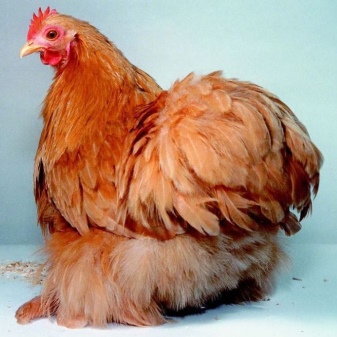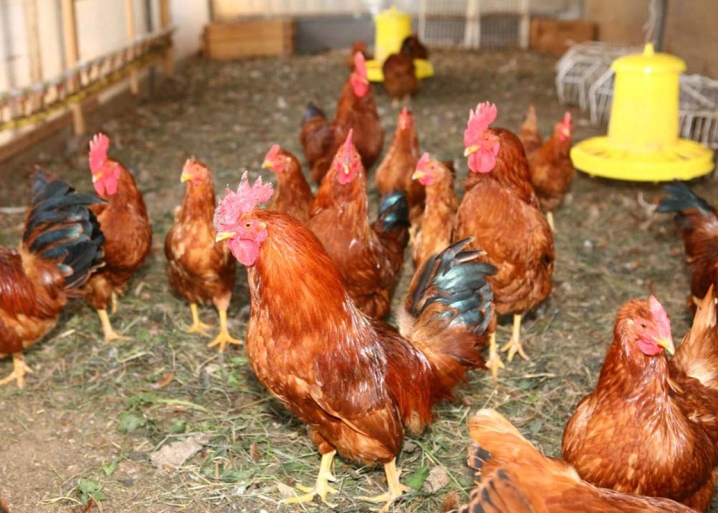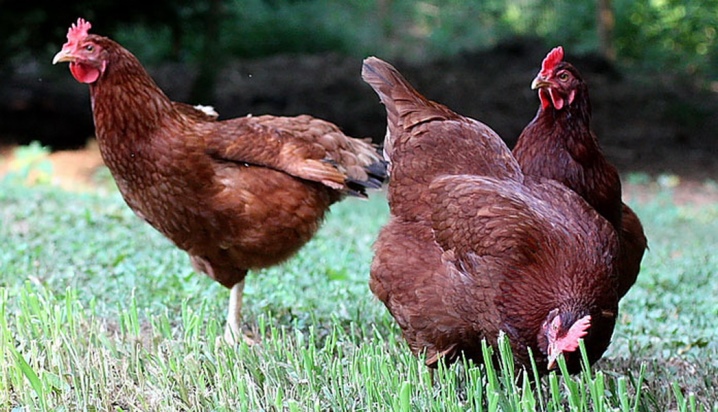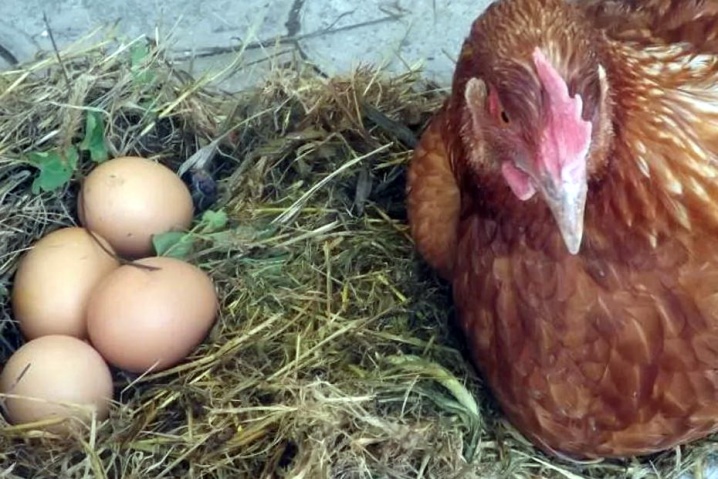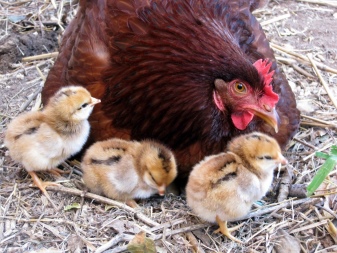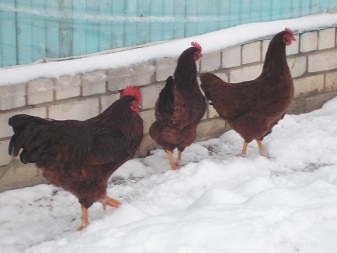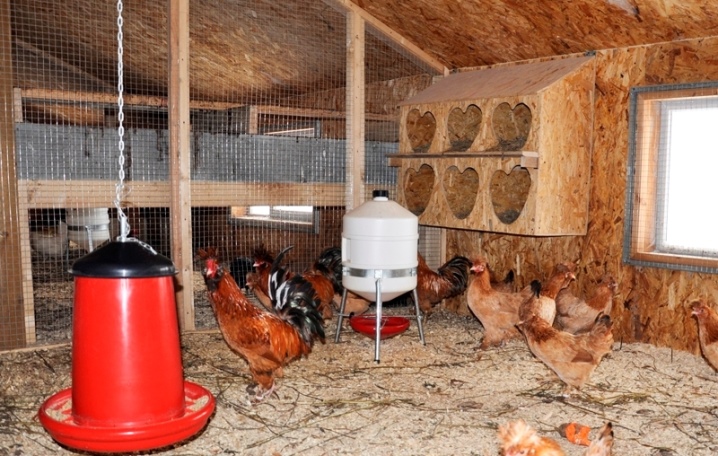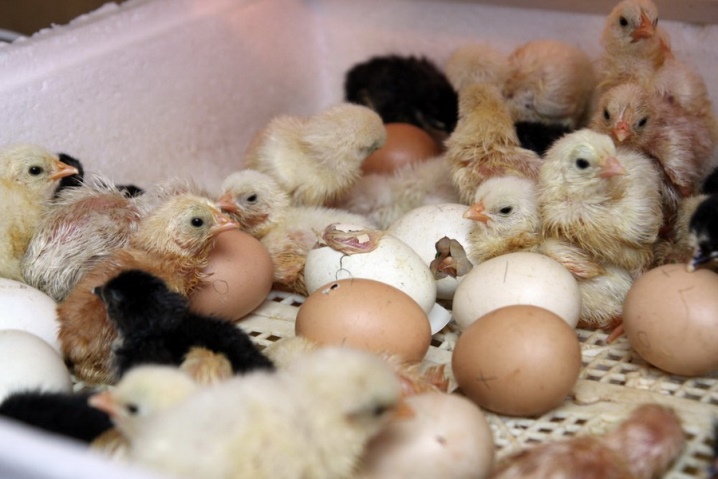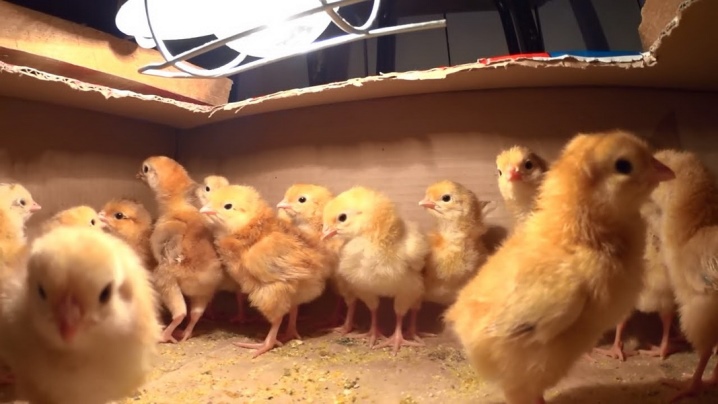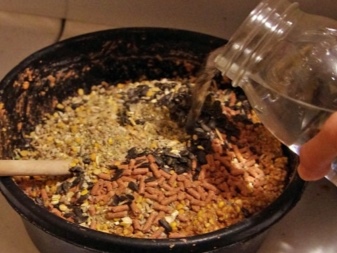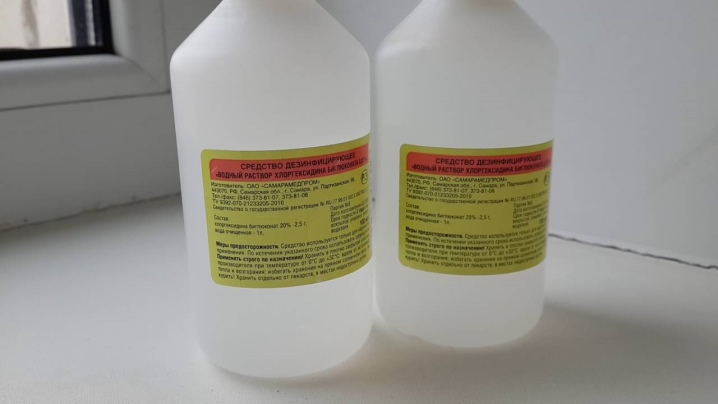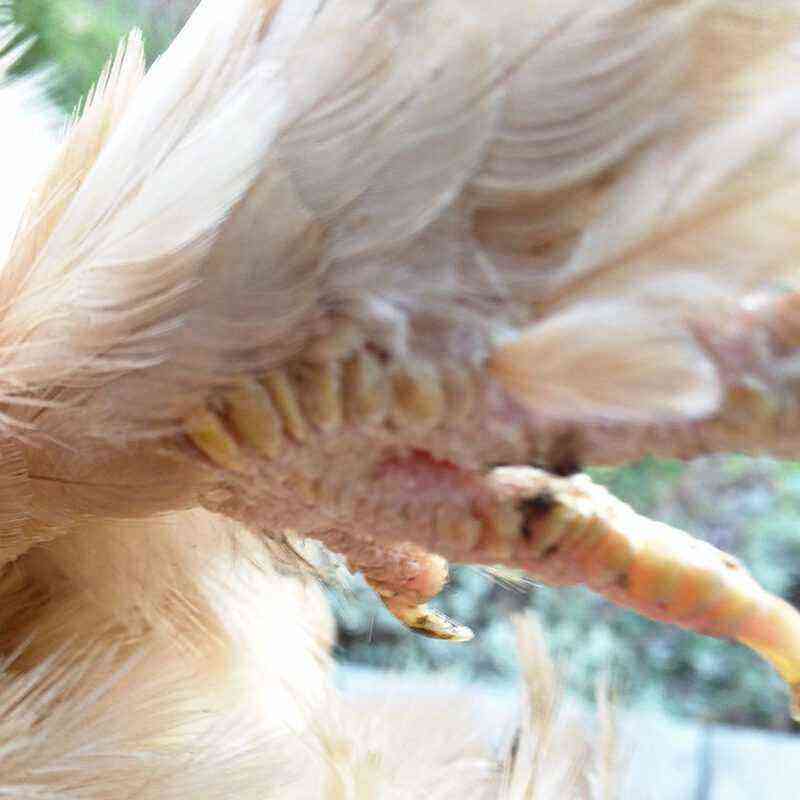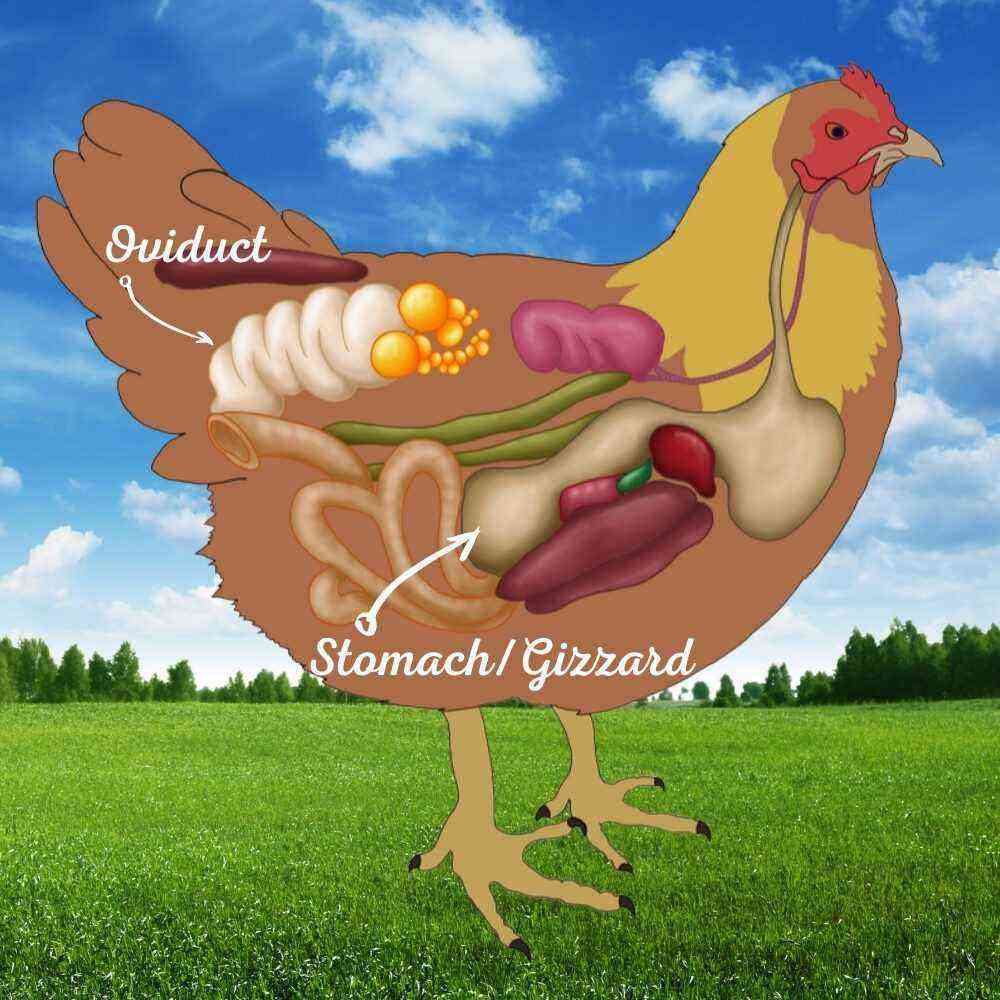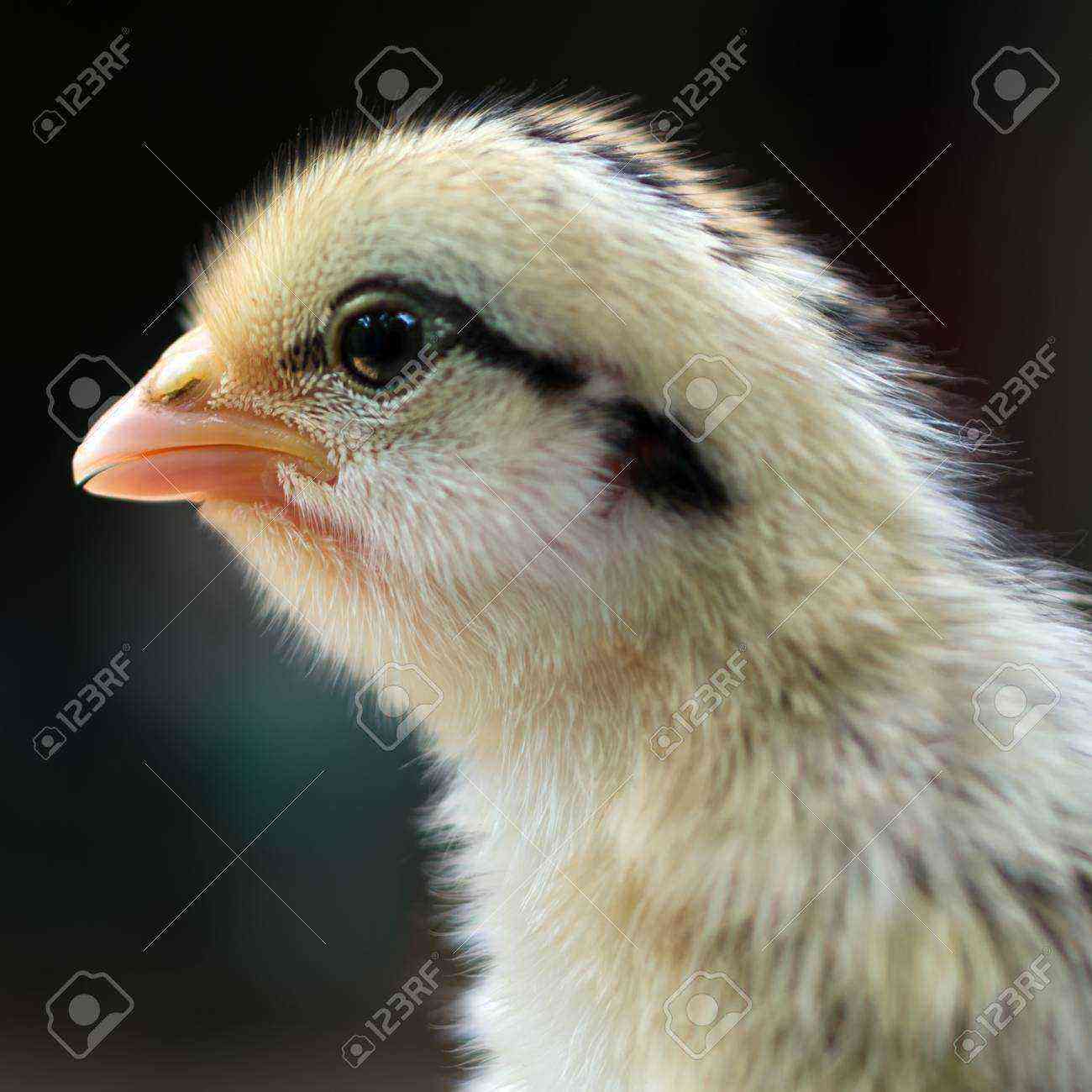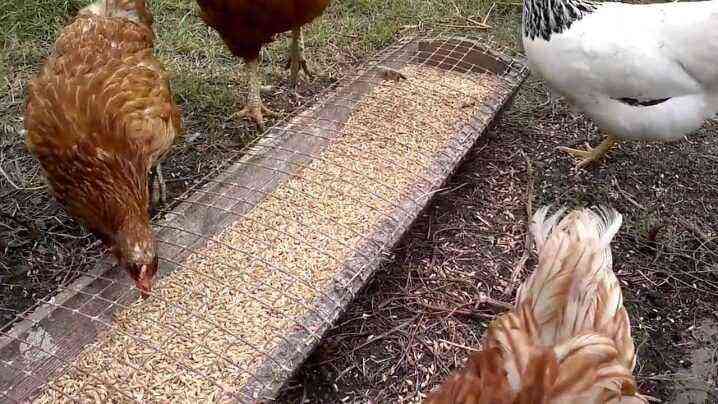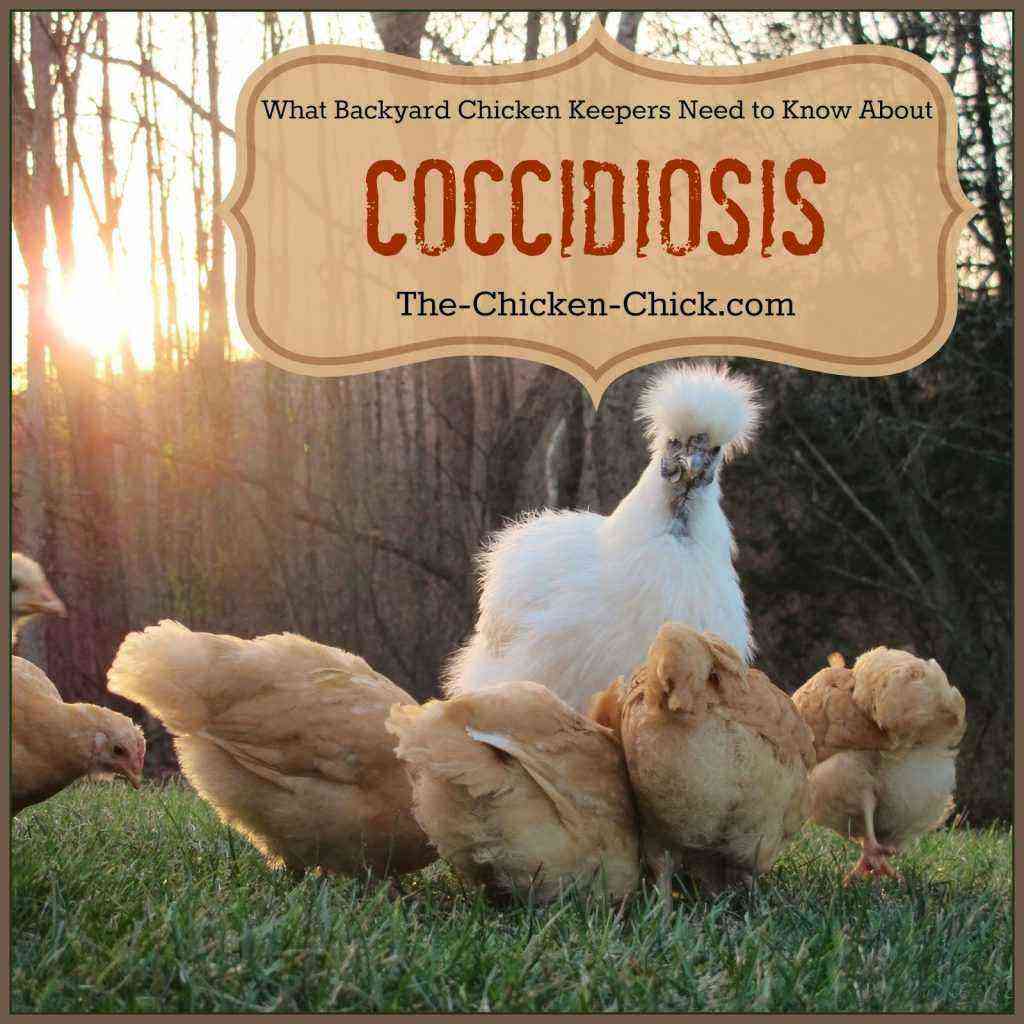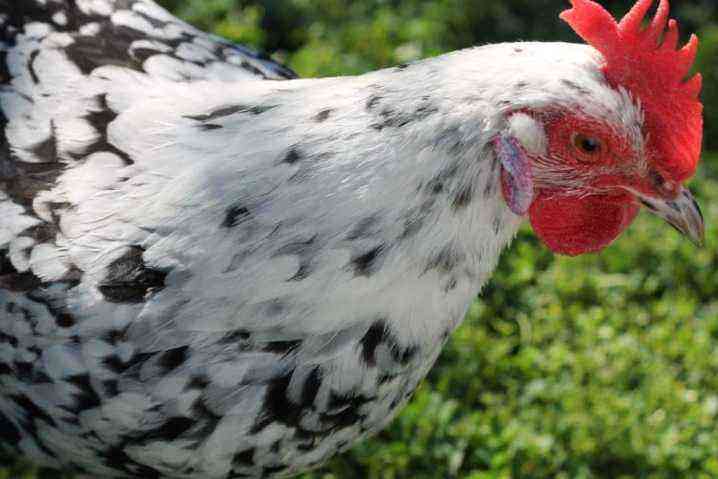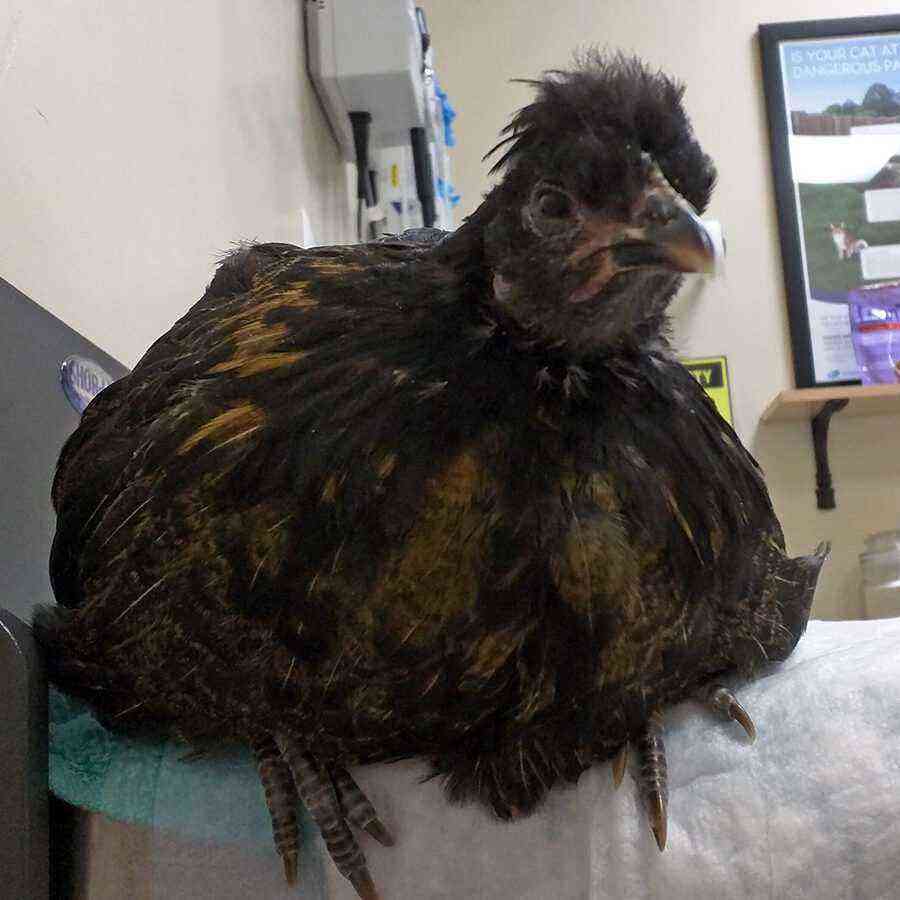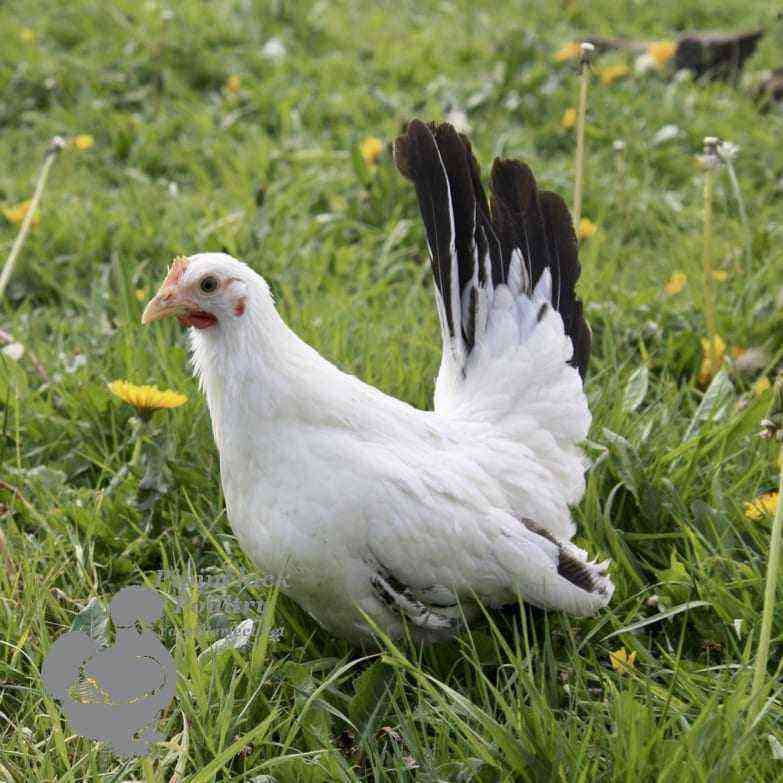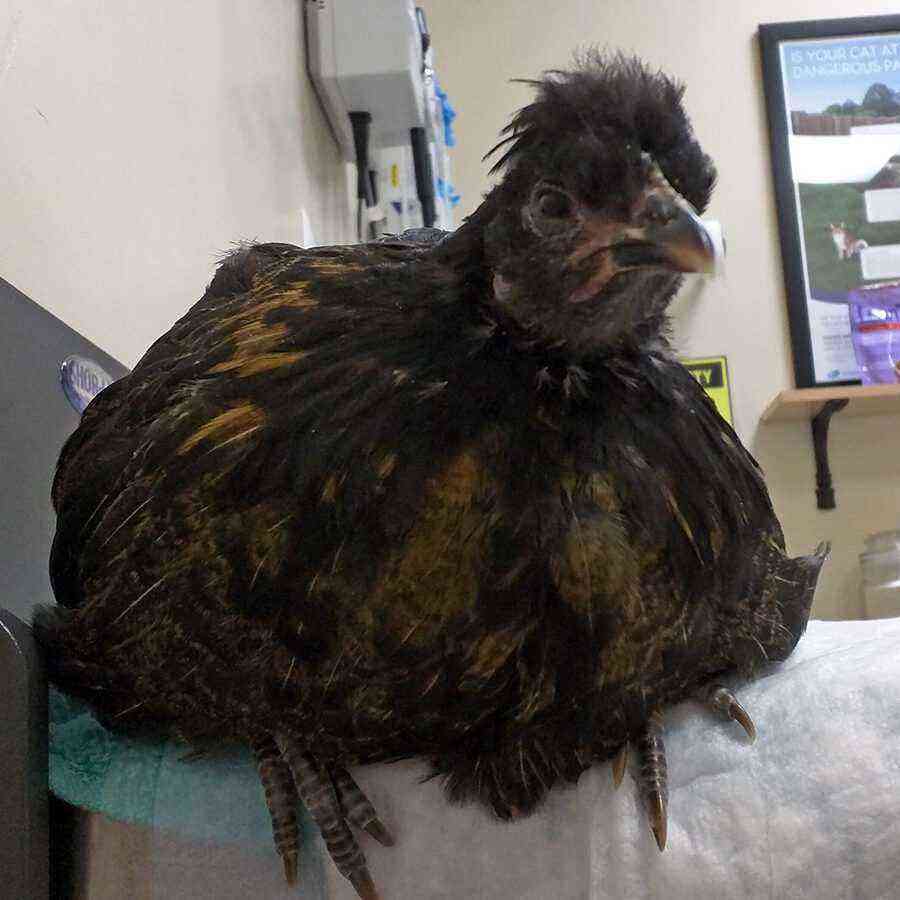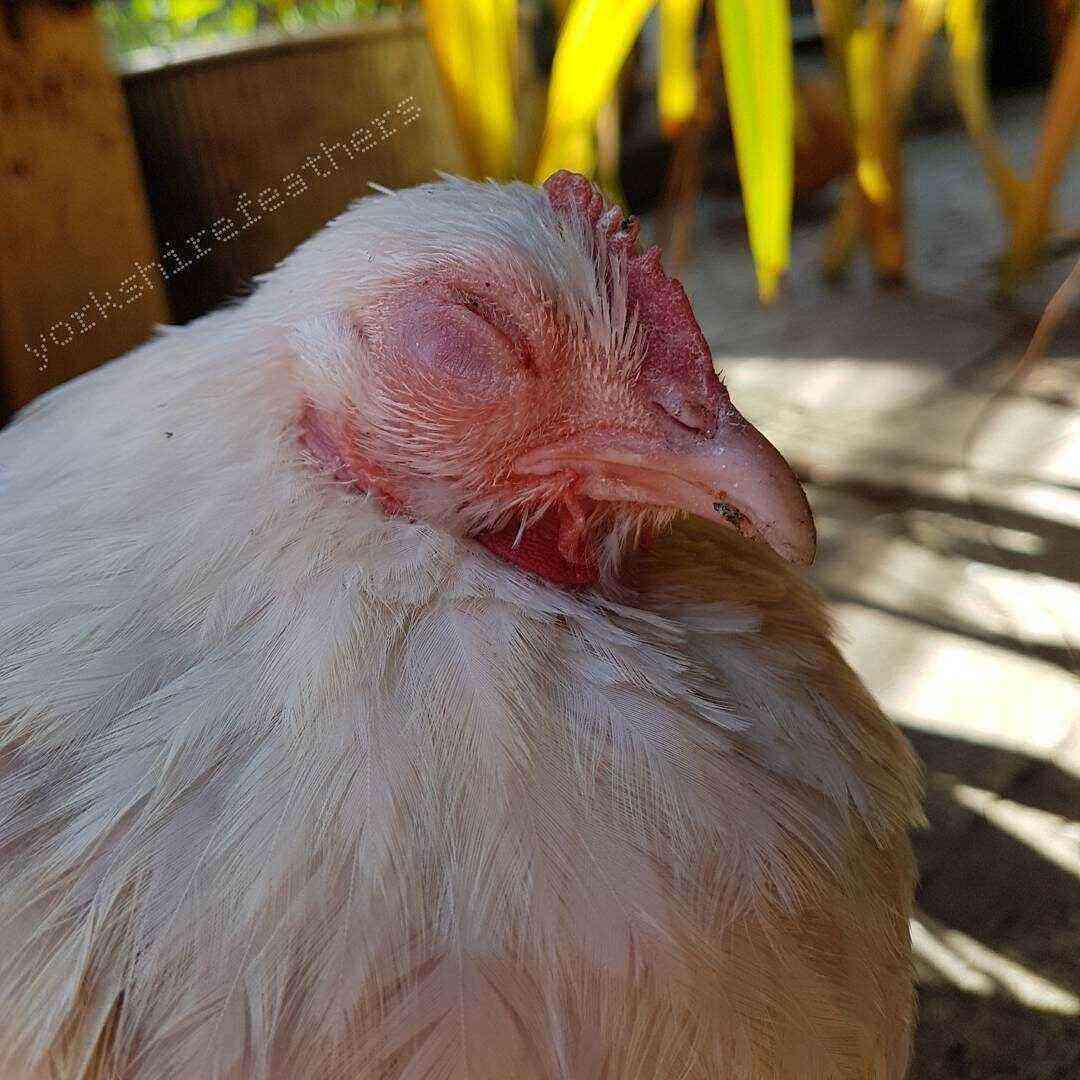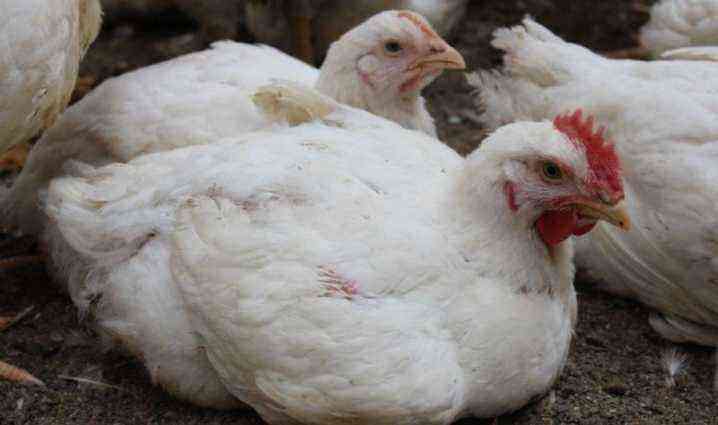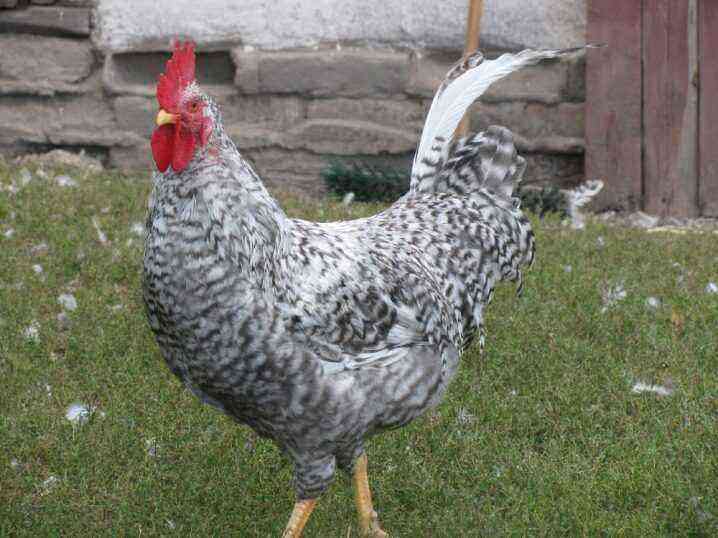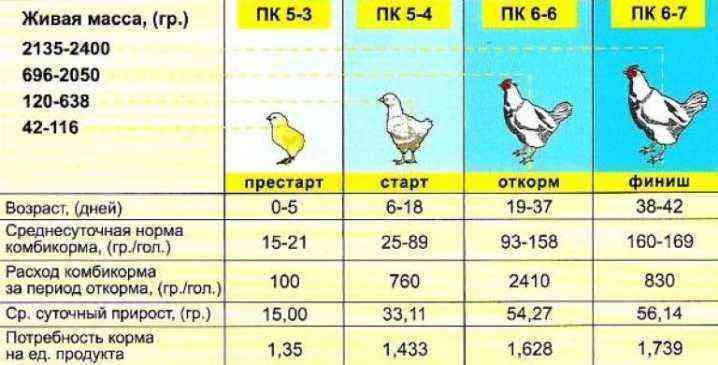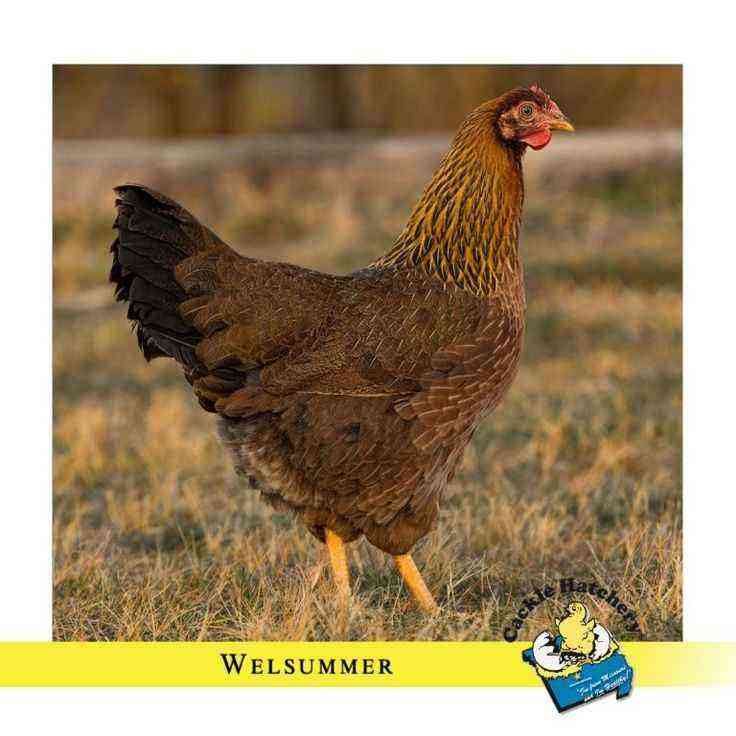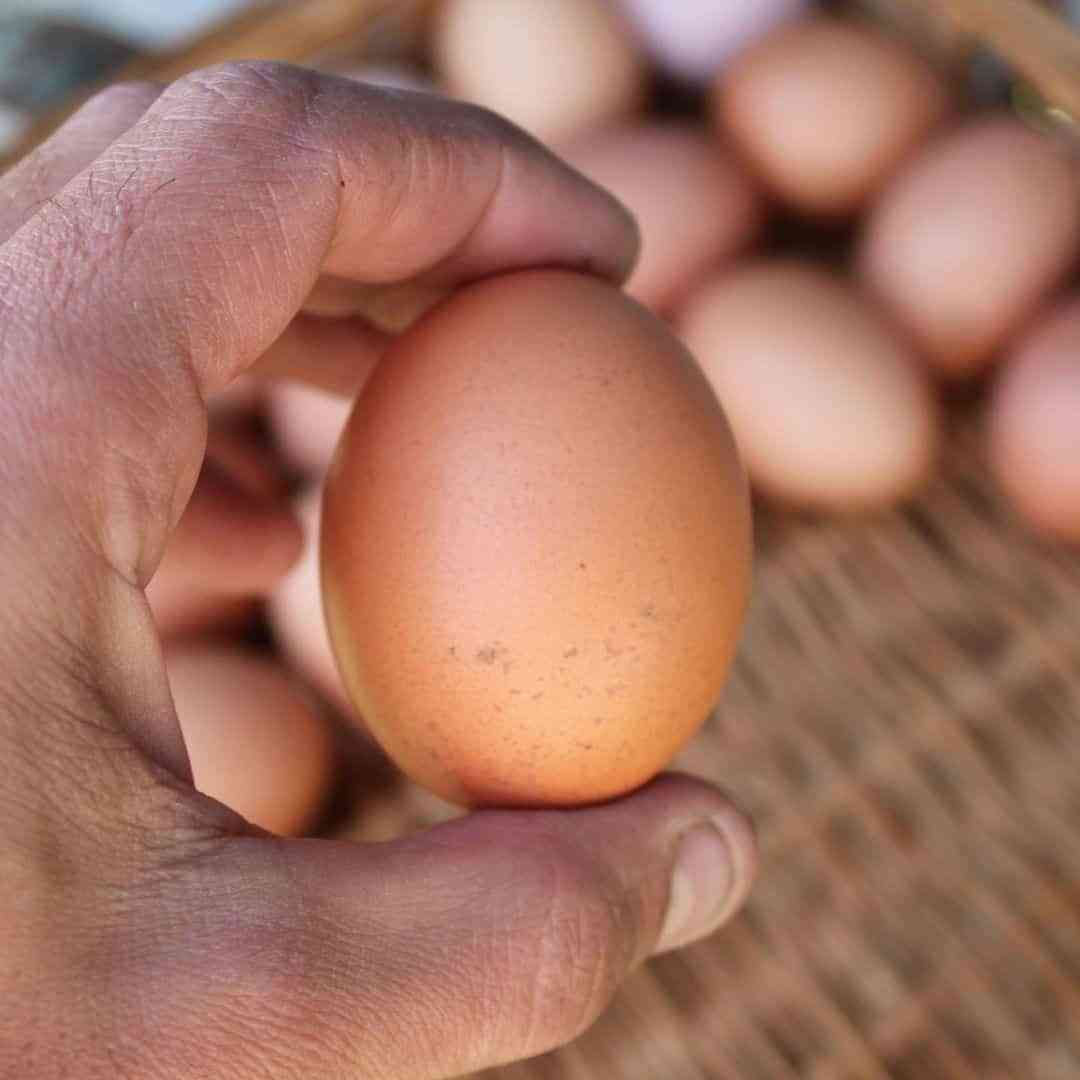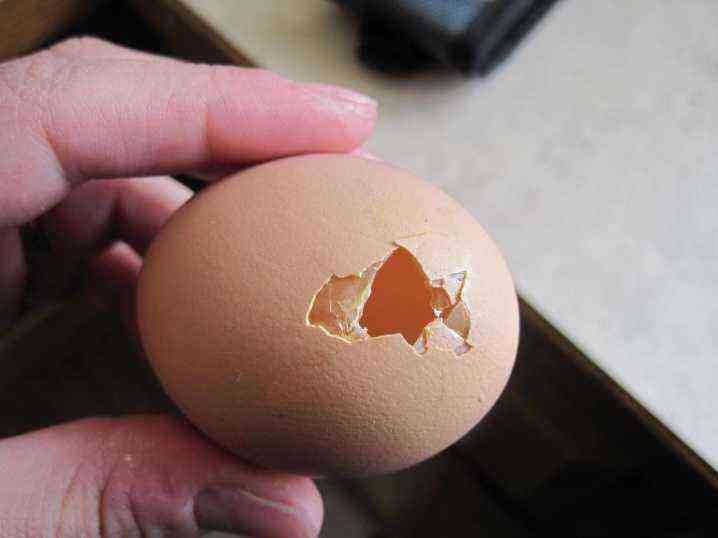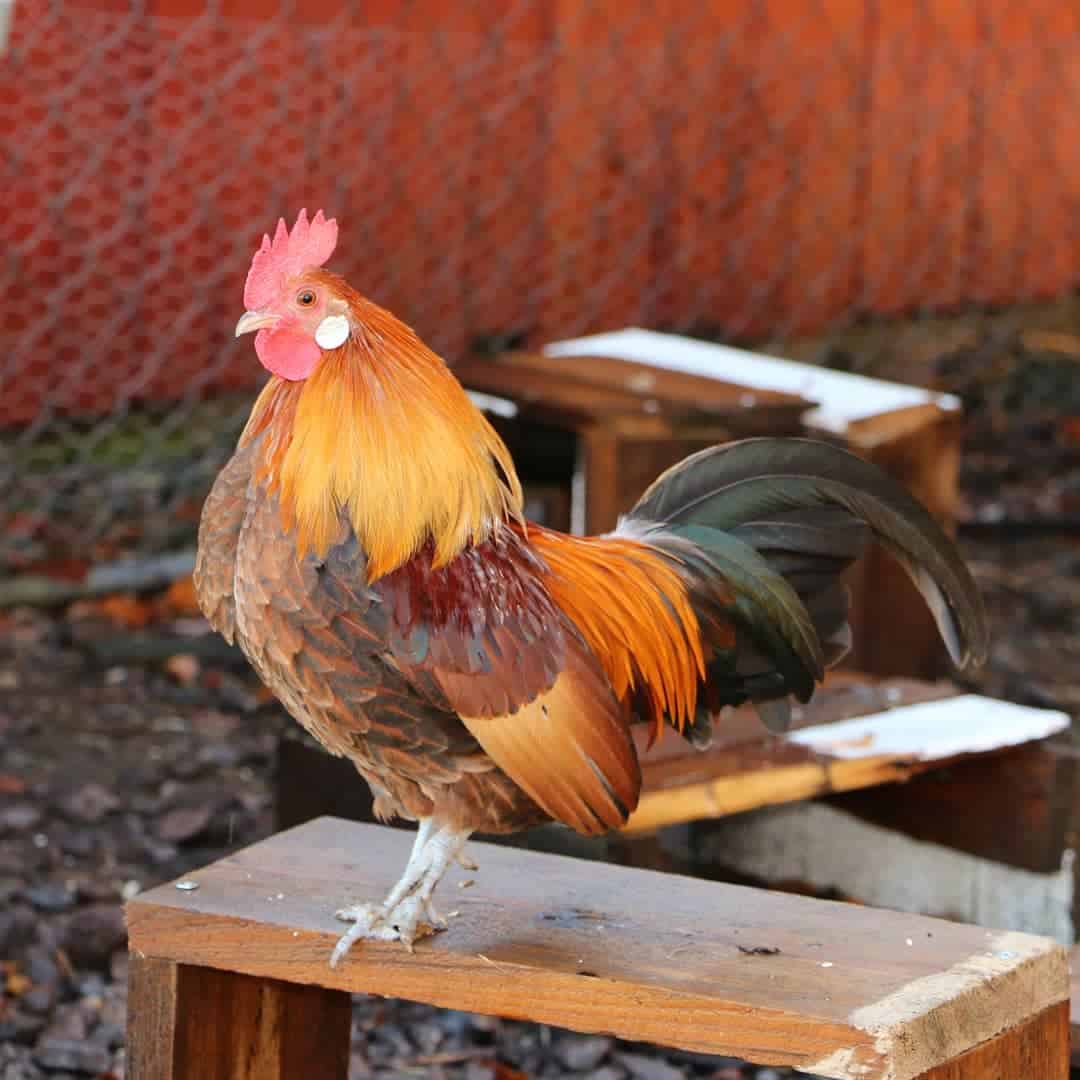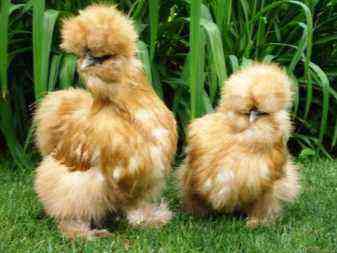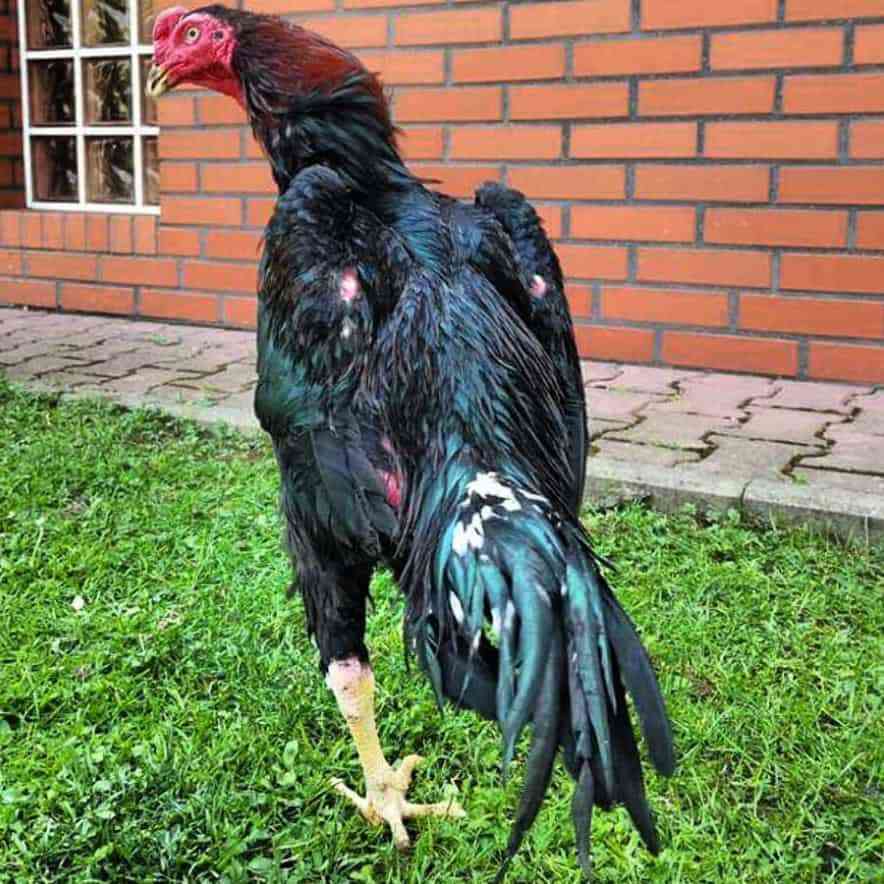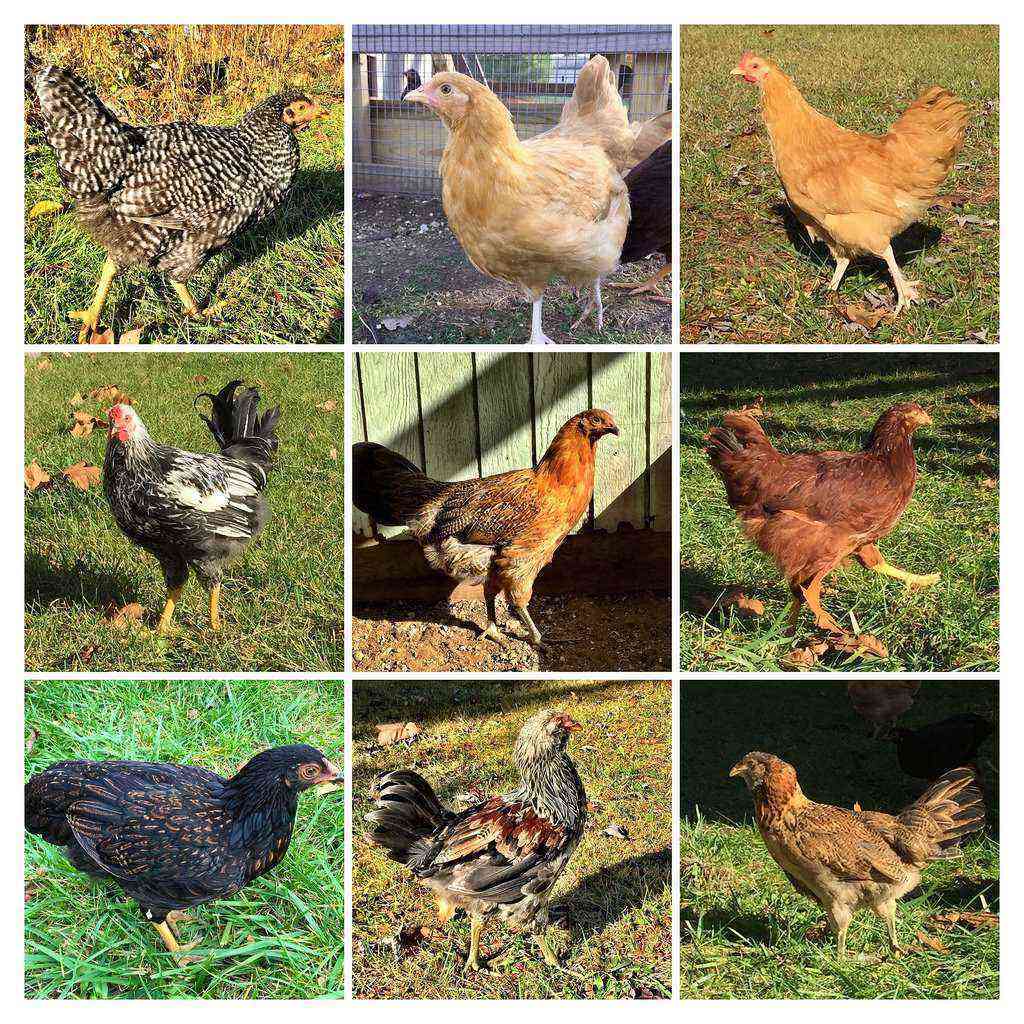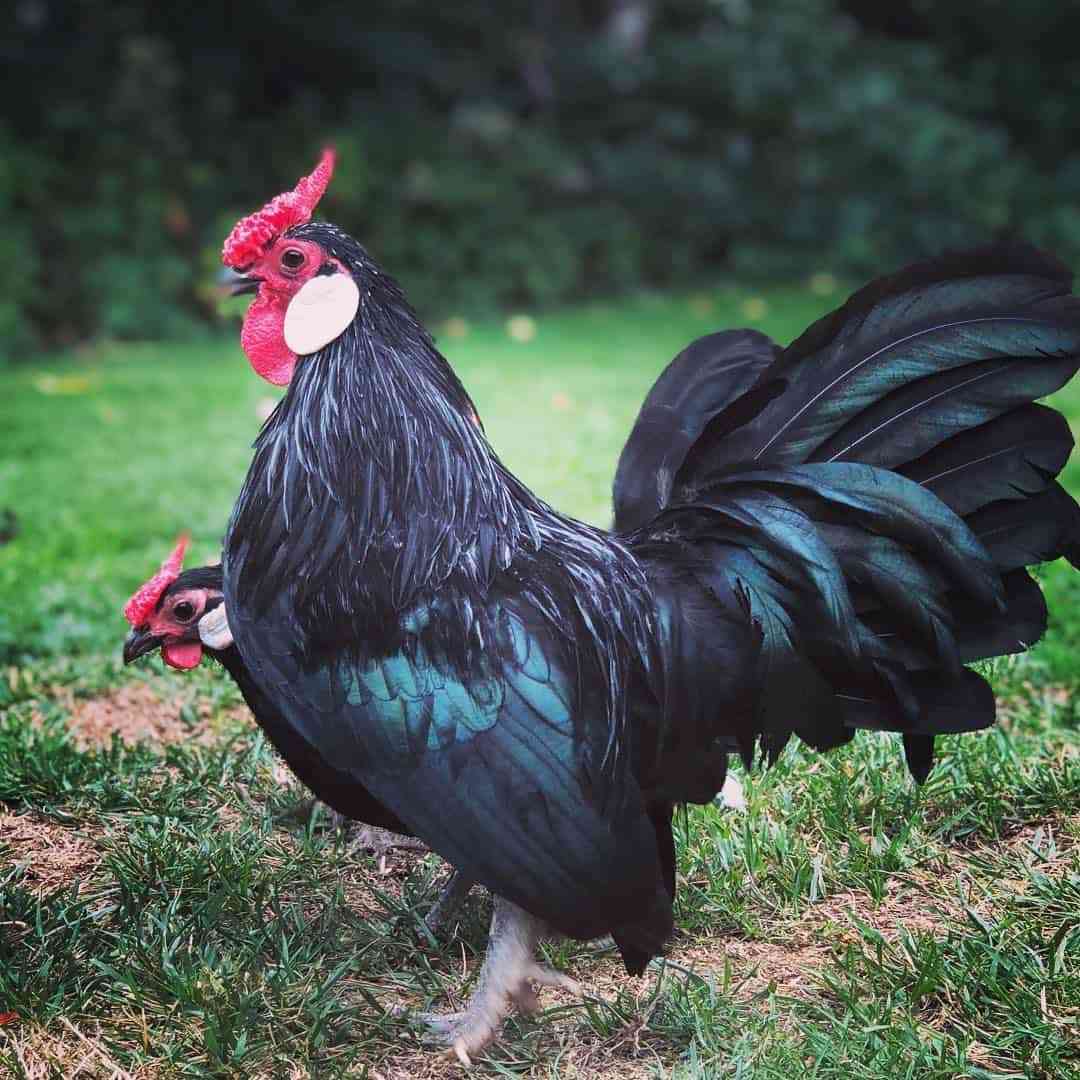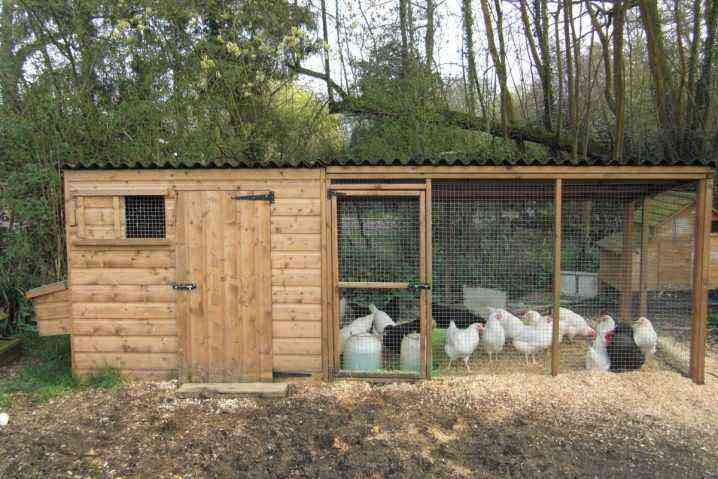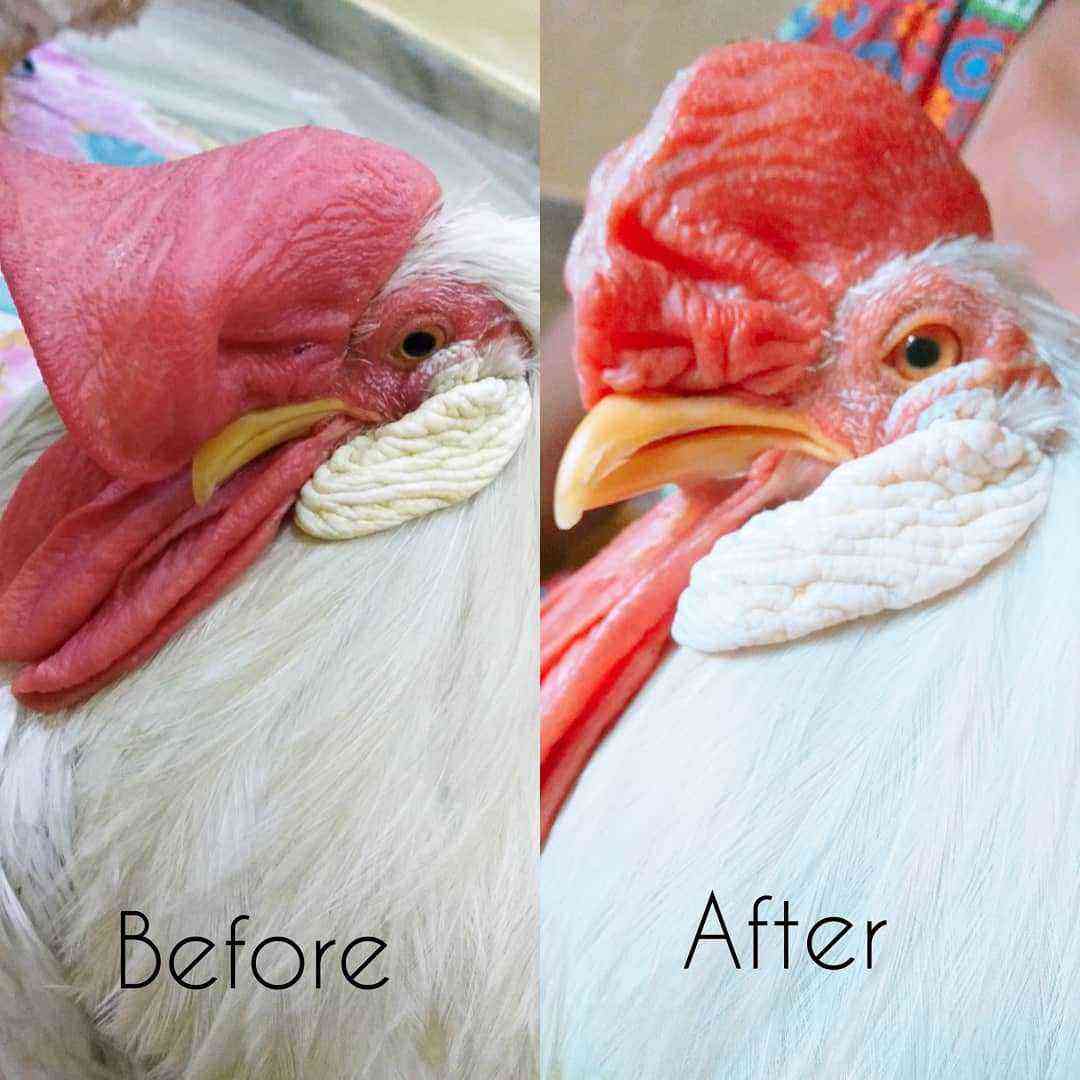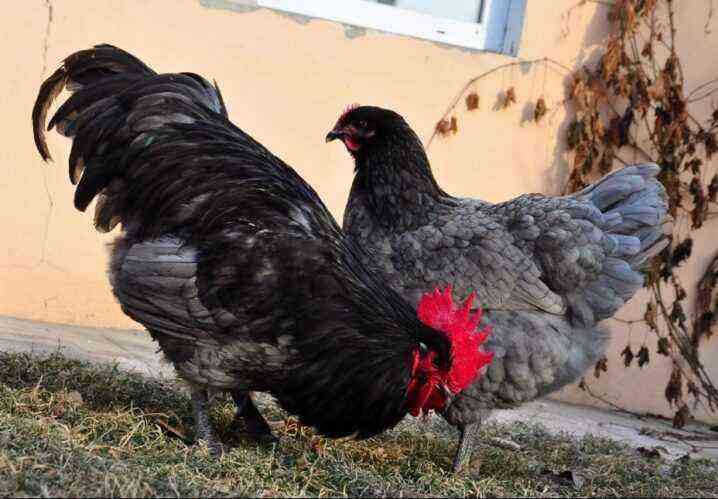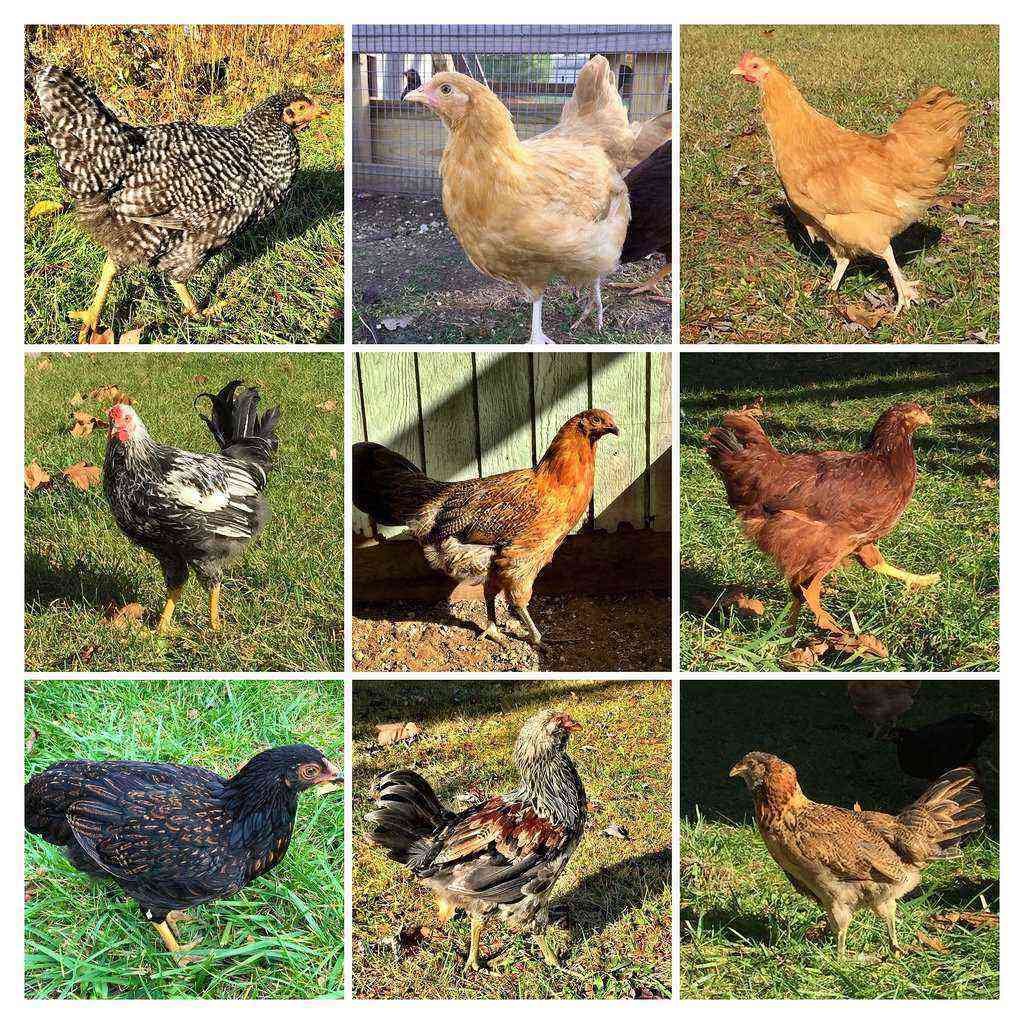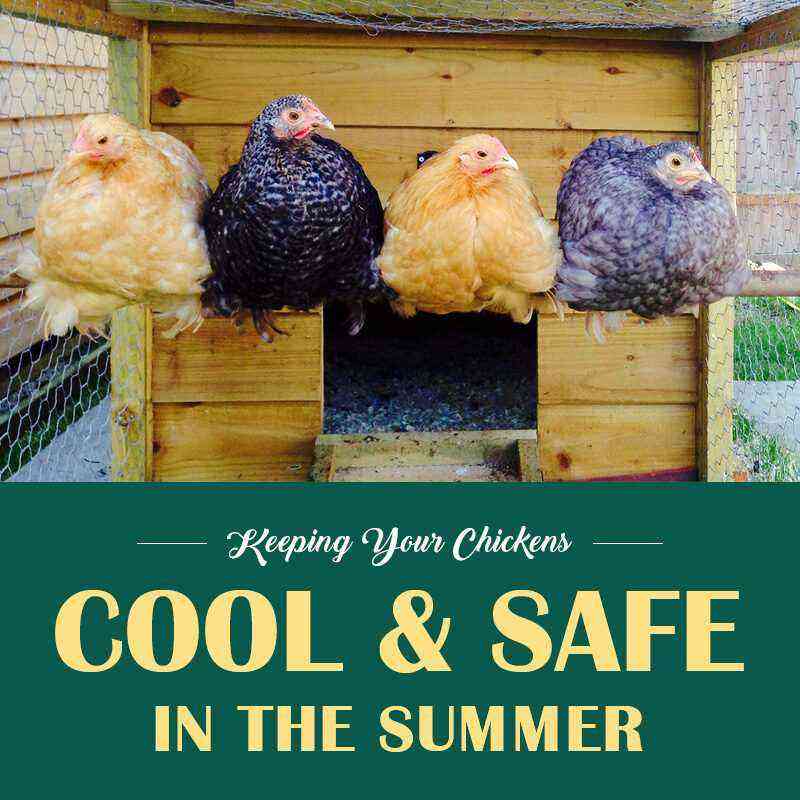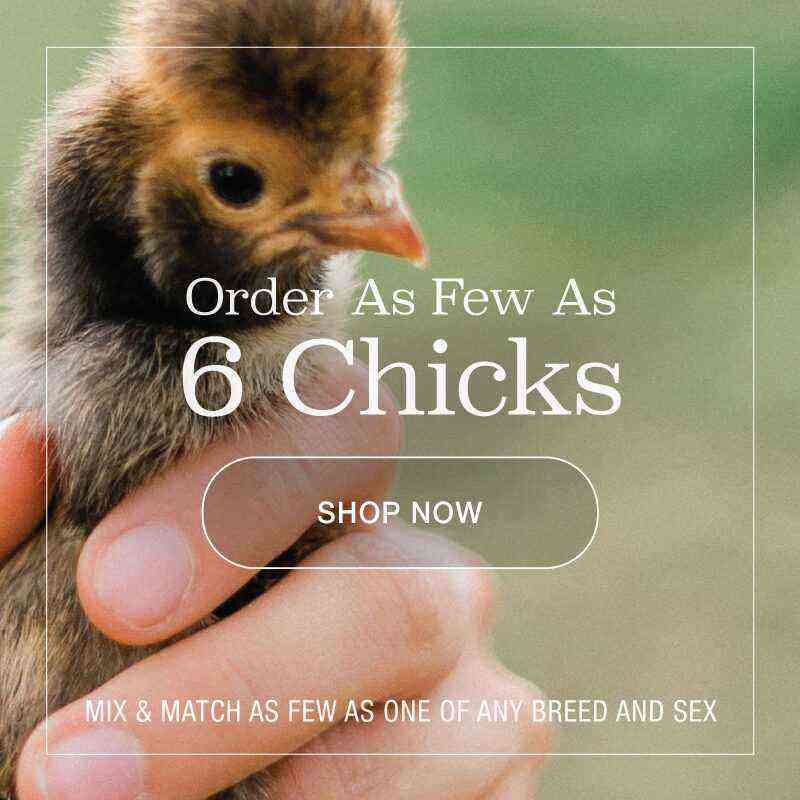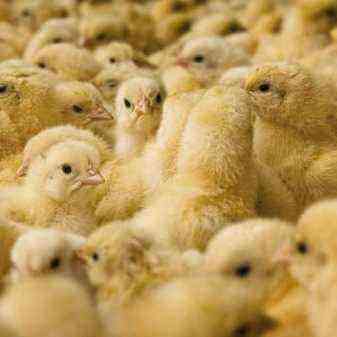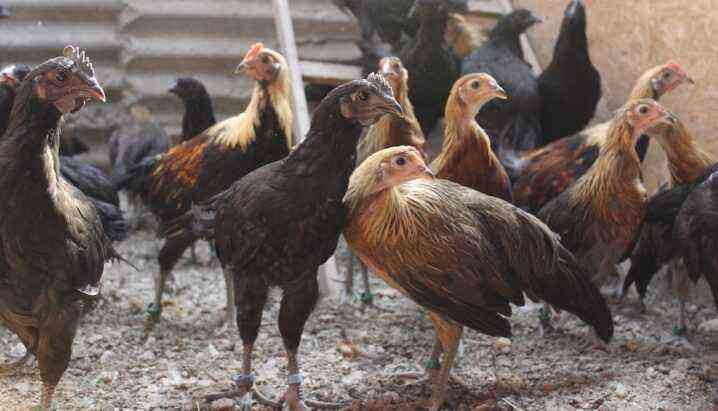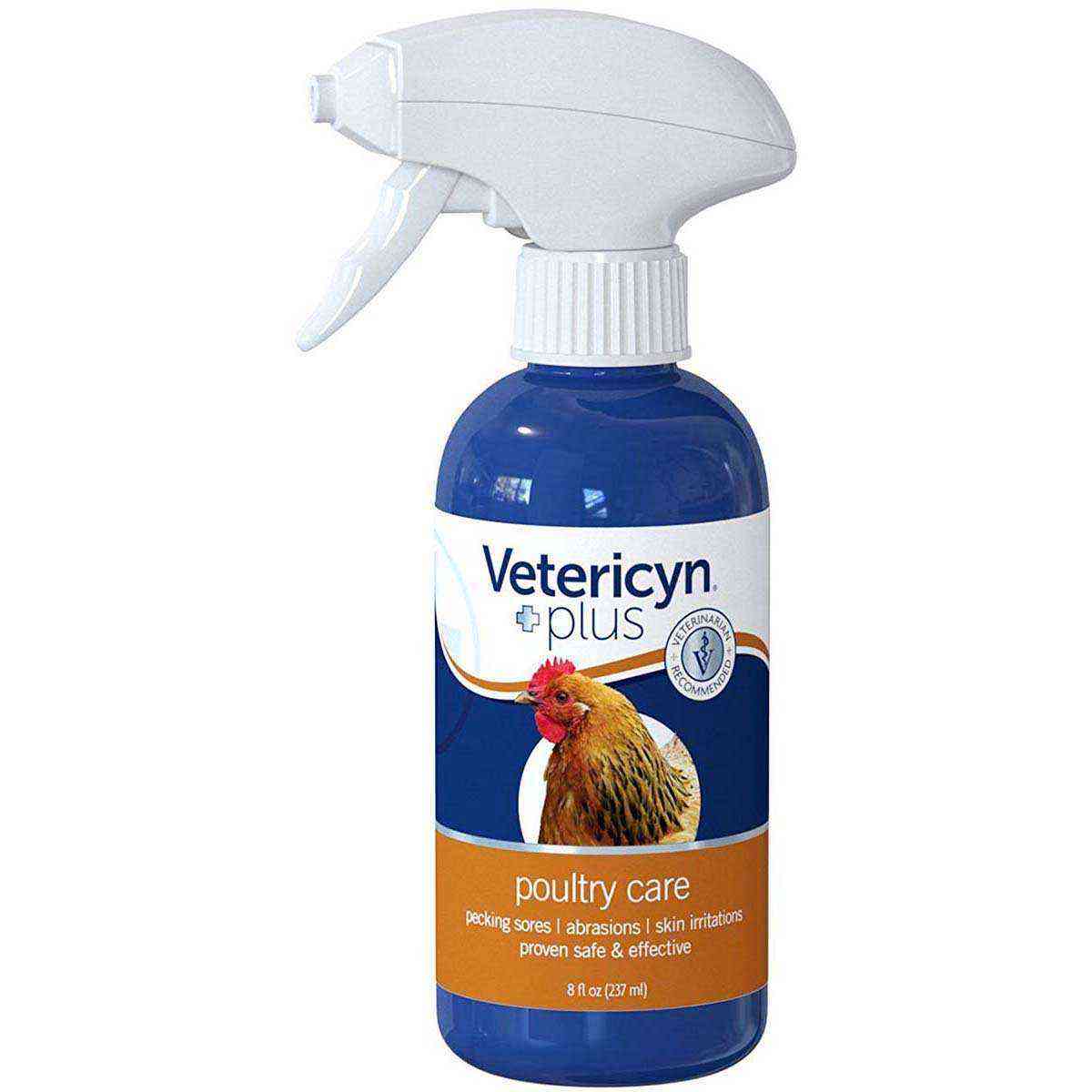Now quite a few people breed different categories of chickens on their farms. Their maintenance will not require large expenses, and having tasty meat or eggs in the kitchen is always beneficial. Rhode Island chickens are very famous, which will be discussed in this article.
Description
Before proceeding to consider the features of breeding and keeping Rhode Island chickens, you should familiarize yourself with their external characteristics.
- The largest number of birds of the described species has plumage of a dark red or brown hue. But you can also see lighter birds.
- Their head is small, with one crest. It has a red color, however, it is often pink in color.
- The eyes of chickens are red or brown.
- The beak is not very long, yellow-brown in color.
- Neck standard size. The body is rectangular in shape. The back and loin are straight and fairly wide.
- Males have a short and bushy tail. The tail of the laying hens is almost horizontal.
- The chest is convex. The abdomen is well developed.
- The wings are small in size, they fit well to the body.
- The legs are rather long, the toes and skin are yellow, the plumage is dense.
- An adult rooster weighs 4 kg. The weight of females is 3 kg. They lay up to 170 eggs per year, the average weight of each is 60 grams. The shell is brown. Rhode Island chickens have juicy and very tasty meat.
When buying a bird of this breed, you need to carefully consider it, since unscrupulous sellers sell other breeds under the guise of Rhode Islands.
Breed Violations:
- triangular body;
- the head is too elongated;
- massive and tall body;
- the back of the body is poorly developed;
- eyes are very light;
- there is a hump or hollow on the back;
- spots on wing feathers.
Birds of this breed are grown only on small farms. There is also a white Rhode Island chicken category, which was actively bred in 1888. Birds were mated in order to obtain hybrids that would give high productivity. Now there are about 3 thousand birds of this species left. White chickens differ in the color of their feathers. In addition, the comb is slightly larger and has a brighter hue.
There are also dwarf forms of chickens. They were bred in Germany. They have almost the same description as the standard breed. Their weight is 1 kg. Unlike their larger counterparts, they lay about 120 eggs per year. Their weight is only 40 grams. The feathers of such chickens are lighter.
Advantages and disadvantages
Rhode Island chickens have a lot of positive qualities. We list them:
- chickens are unpretentious and adapted to all environmental conditions;
- friendly towards humans and other birds;
- have a good level of productivity;
- they are in excellent health;
- live long;
- carcass meat is very soft, tasty and juicy;
- puberty comes early.
The negative aspects of the breed include the following:
- birds are unable to incubate eggs;
- a high rate of rejection of animals for breeding characteristics.
Content Rules
Rhode Island chickens are often kept in cages. But if they have the opportunity to walk near the barn, then they will be able to lay many more eggs. Chickens are frost resistant. They can be let out for a walk up to a temperature of -10 degrees. They like to eat green grass, so you should not let them out for a walk in the garden. They can eat all the greens there. Before winter, the chicken coop is equipped with perches and poles. They need to be placed 80 cm from the floor line.
It also needs special lighting. It is necessary that there are enough perches for all the chickens. The floor is covered with straw bedding.
In winter, it needs to be sprinkled periodically. Closer to summer, the litter is completely replaced. Artificial lighting is needed only in winter, otherwise the chickens will start to lay fewer eggs. The poultry house must be well ventilated. You need to make sure it stays dry. If you allow high humidity and dampness, then the chickens will often get sick. In winter, you will need to warm up the chicken coop. The temperature regime in it should be at least 10 degrees Celsius.
If you do not adhere to the recommended regimen, chickens will stop laying eggs.
Breeding
There are about 12 females per male. The instinct of incubation of eggs is poorly developed in them. Only single individuals sit on eggs. To breed this breed, you need to purchase an incubator. It is necessary to select eggs without flaws in it. They should not have cracks and chips, foreign spots. Sometimes the defect can be seen with an ovoscope. The temperature regime in the incubator is 37,6 degrees. Chicks born have reddish feathers.
Cubs are not overfed, as they are prone to obesity. At the end of summer, the chicks are sorted and only the bird that has the highest level of productivity is left.
Chickens of Rhode Island chickens are very tenacious. The best time to lay eggs in the incubator will be mid-April. Chicks hatch after 3 weeks, by mid-May.
At first, the chickens are put in the arena and warmed with a heating pad. The temperature should be 30 degrees. Gradually it must be reduced. The sex of the chicks can be easily determined. If a chick is born with a spot in the head area, then it is a hen. If there is a white coating on the wings, then this is a cockerel. When caring for babies, it is necessary to ensure that the food in the feeders is always fresh. At first, chickens should be given boiled water to drink. Its temperature is about 40 degrees. After some time, the chickens need to be transferred to a standard diet.
Feeding
Chickens eat almost everything. In winter they feed dry food, in summer dry food is almost not needed. Birds peck at grain products and eat vegetables, dig out beetles and worms from the ground. In feeding chickens, the regime is important. For breakfast, you need to give cereal products and mixtures. For lunch – mixed fodder or boiled vegetables. Grain is again served for supper. Vitamin supplements, chalk, fish oil should be added to food. In winter, birds are fed with dry grass, which must first be crushed.
The diet should also contain barley, beans, bone meal. When the chick is born, it must be fed millet porridge, barley, wheat. You can give me corn. It would be good to cut green onions, nettles into it. The egg should be given in moderation. You can grate vegetables, such as beets, potatoes.
Diseases
Chickens get sick only with poor care and malnutrition. If the pet is lethargic, indifferent to food, often sleeps, with dull feathers, then it means that he is sick. The bird must be removed from all other chickens. Otherwise, there is a possibility of infection of other chickens. The most famous diseases of chickens are intestinal blockage, cholera, paralysis, chicken pox, ticks and lice.
Poultry gets smallpox in winter. The infection enters through cuts. The skin becomes covered with white spots, the tongue, the mucous membrane of the mouth are affected. The bird behaves sluggishly and eats almost nothing. As soon as signs of smallpox are found, the sick bird is culled. The rest of the chickens are disinfected. Smallpox is prevented by vaccination. Cholera in chickens is manifested in the fact that they lose their appetite. They become weak and lethargic. Depressed state. The crest of the bird turns blue, there is constant diarrhea.
At the first sign of illness, diseased chickens must be urgently removed from healthy ones and slaughtered.. Then disinfect the room. Paralysis in birds is manifested in the defeat of the central nervous system. The chickens begin to limp, the legs become paralyzed, the tail does not move. Movement in the neck becomes constrained, and the eyes begin to acquire a gray tint. To get rid of this disease, the birds need to be vaccinated.
The most popular of these is the “benign herpes virus” vaccine.
If a bird has picked up a tick, then there is a lesion of the legs. They are covered with scales, which then swell. Sometimes growths appear on the legs. Then the beak is affected, the skin becomes red and flaky, itching occurs. To prevent this disease, acaricidal preparations are applied to the affected areas. You can make a bath of birch tar or treat with Yakutin solution.
Lice arise due to poor nutrition and improper care of the bird. Chickens begin to go bald, most often this occurs on the back, stomach and neck. Birds behave restlessly, begin to pluck their own feathers. The skin becomes bald, abrasions and damage are visible on it, the chicken stops eating. To cure a bird, it is necessary to treat it with insecticides. Intestinal blockage in birds is manifested by a violation of digestion. Birds suffer from constipation, colic is formed, and a depressed state occurs. In order to cure a bird, it must be put on a diet. Be sure to give vegetable oil.
Then you need to disinfect the room. For prevention, air it every day, and from time to time whitewash the walls with lime.
Reviews
Farmers and owners of Rhode Island chickens are mostly positive about them. Some say that such a breed is the best if there is a private house. Other breeders report that the birds are actually very calm and non-aggressive. This is especially worrying for those owners who have a small child at home. They also note the good taste of meat and eggs. Not everyone, however, likes the fact that the eggs are small. Negative feedback is also caused by the fact that chickens almost always refuse to incubate eggs.
For information on how to properly care for the Rhode Island chicken breed, see the following video.

